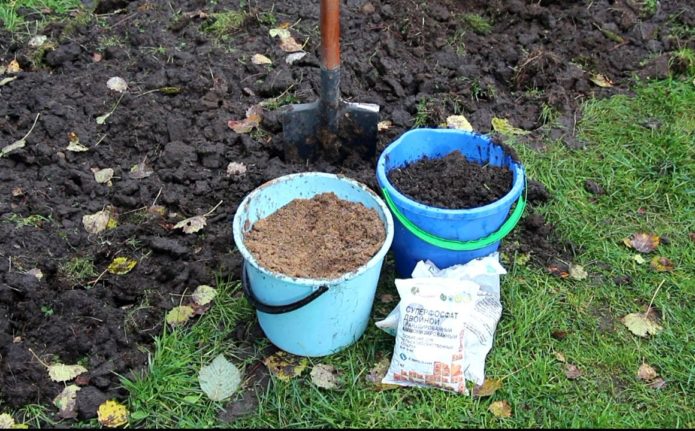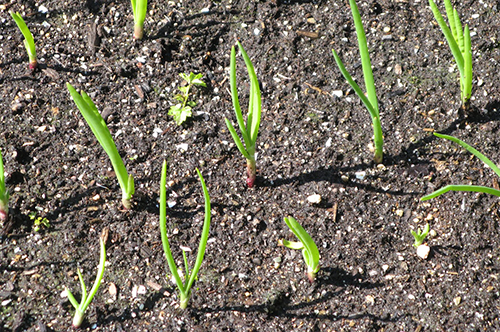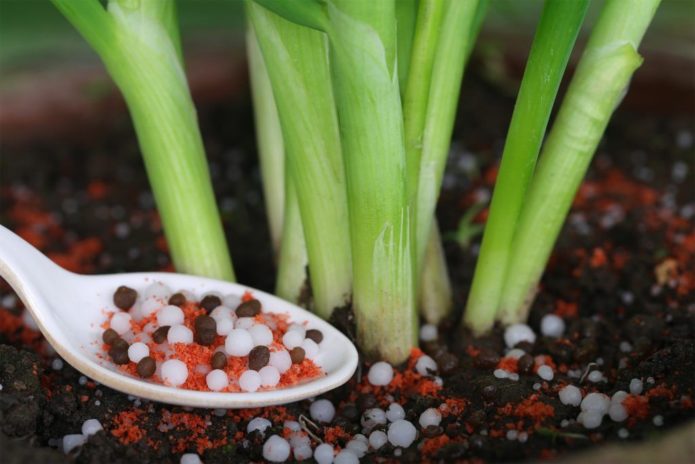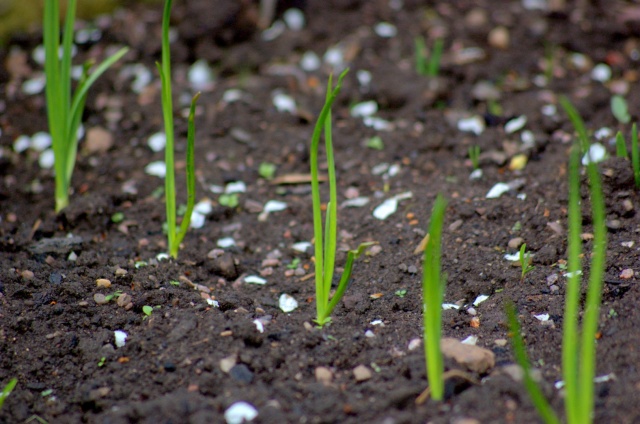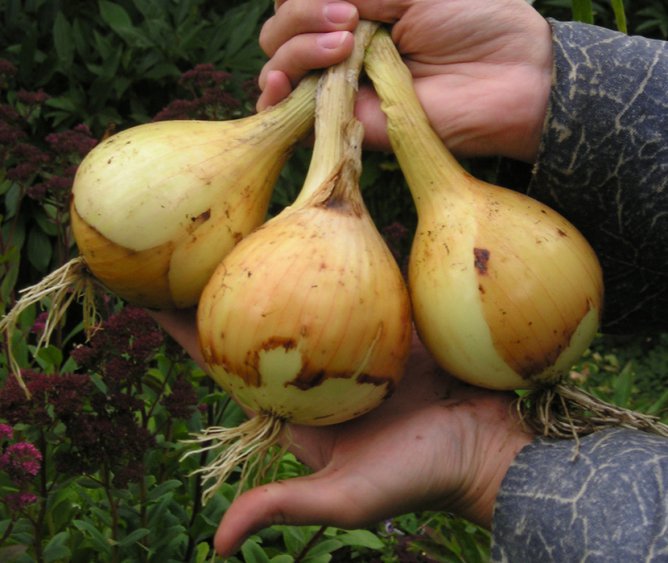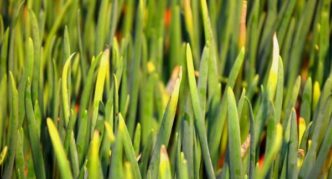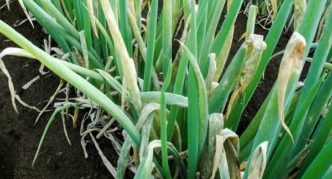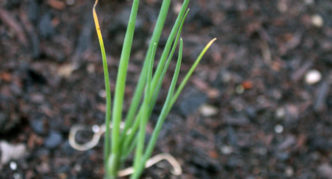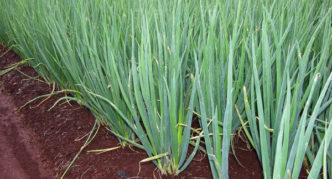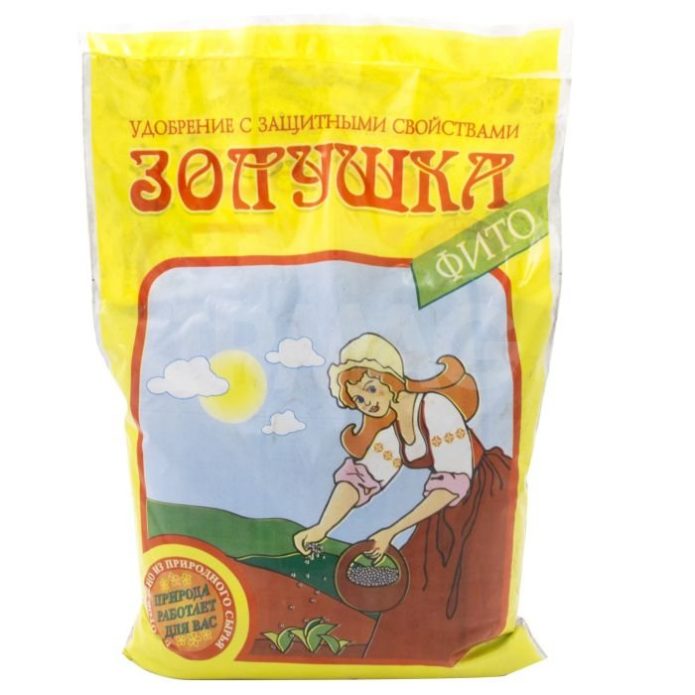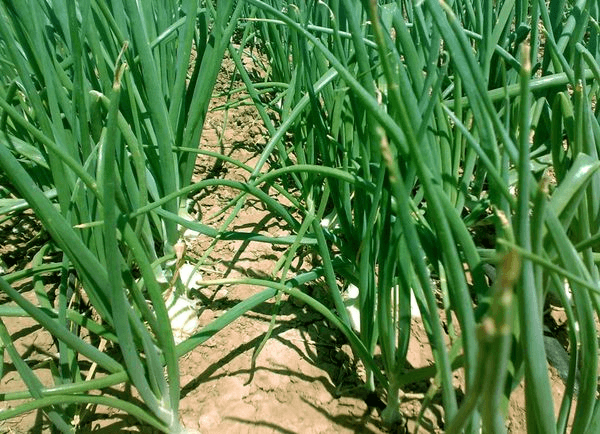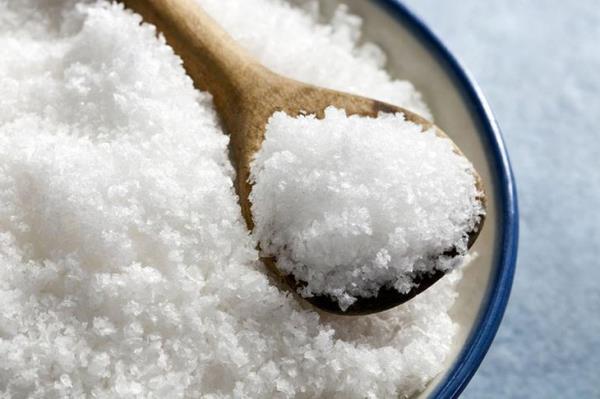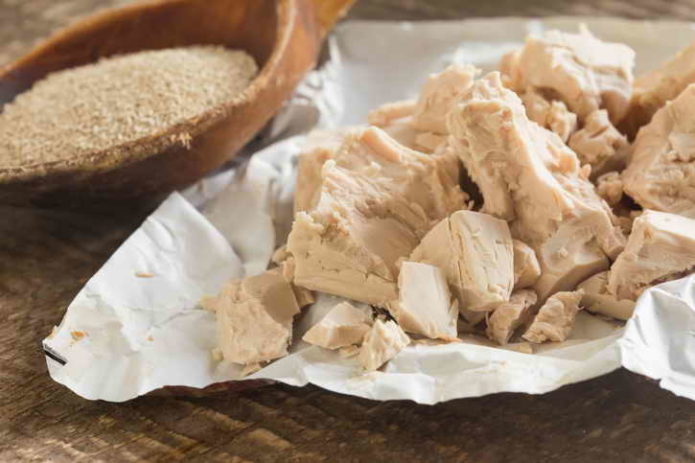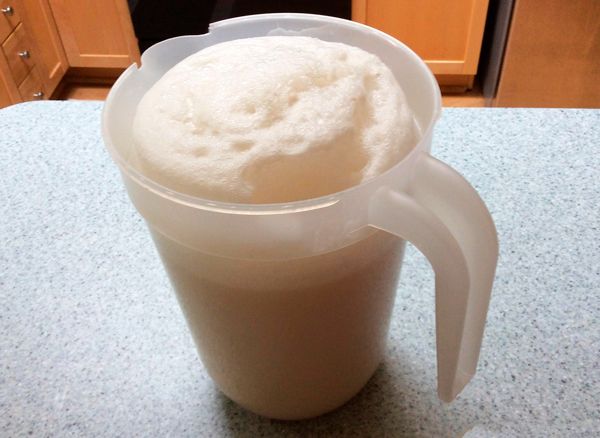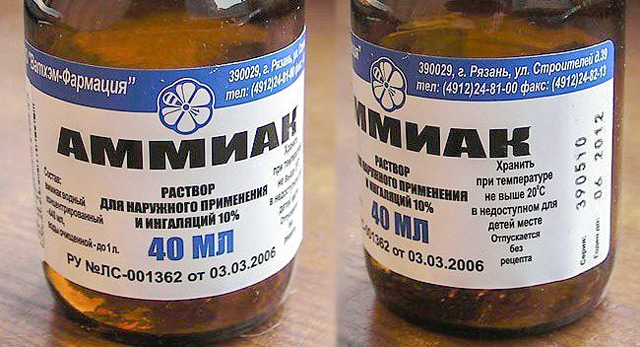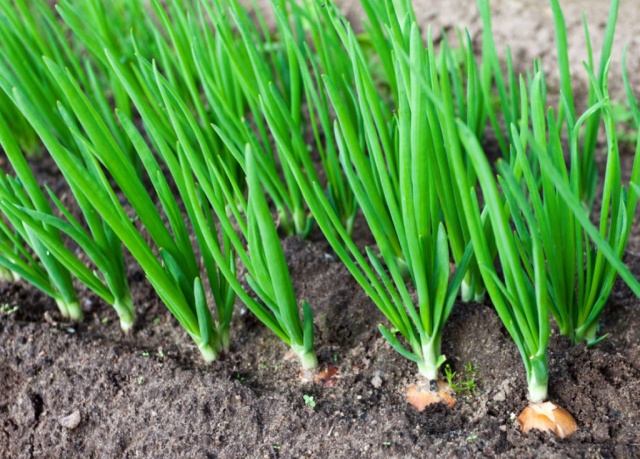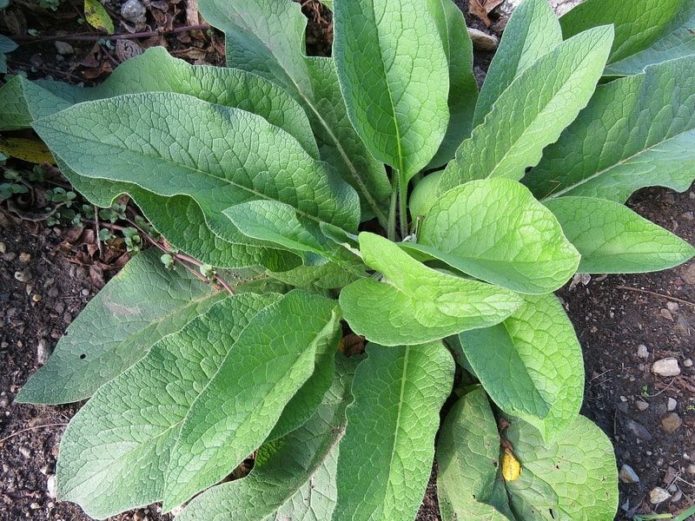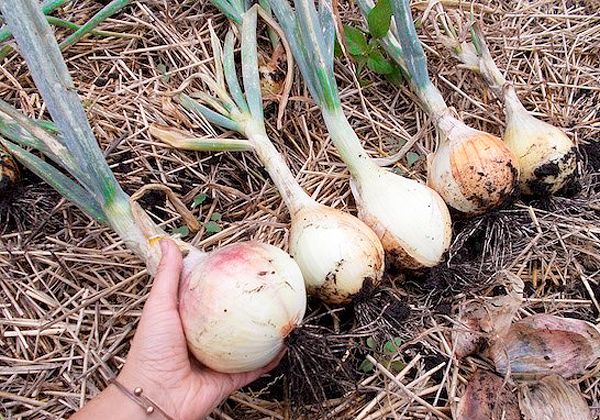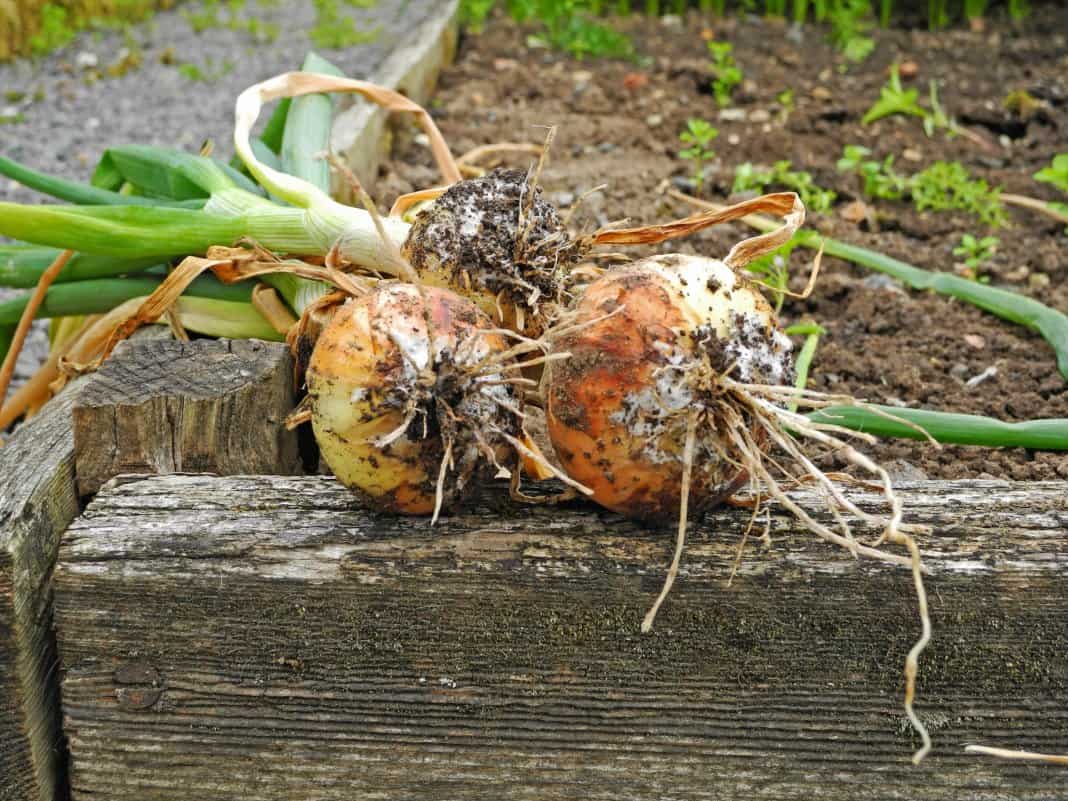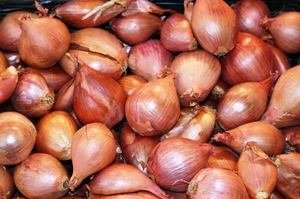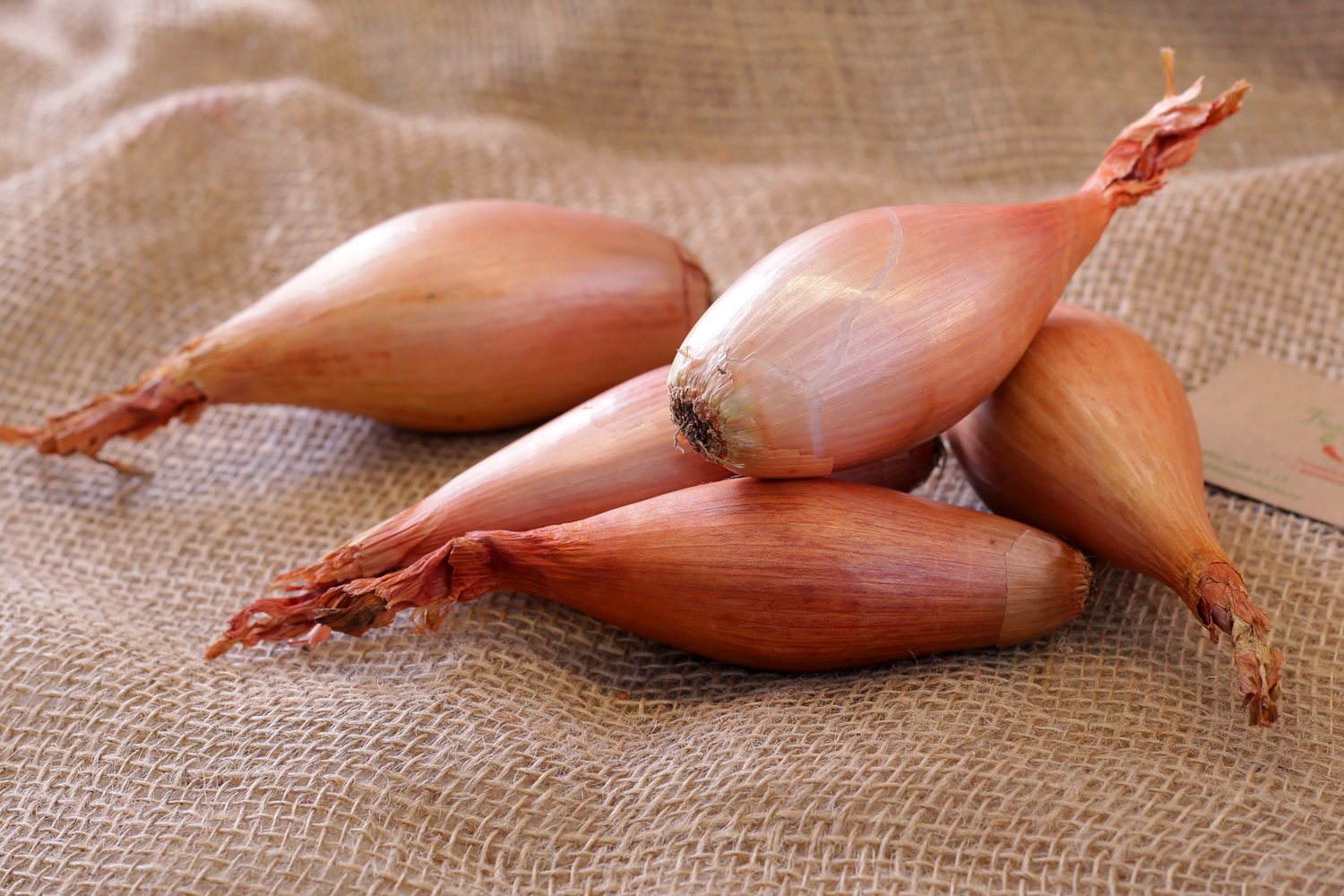Onions are the most popular vegetable crop grown in home gardens. Fresh juicy green feathers are an indispensable ingredient in summer salads; onions are used as a flavoring additive to soups and main courses. Thanks to the presence of phytoncides and ascorbic acid, a spicy vegetable is one of the best vitamin remedies that protect us from many diseases. The success of growing this garden crop depends on care, an important component of which is feeding.
Content
How often should onions be fed
Timely fertilization guarantees high quality vegetables. Enrichment with nutrients begins at the stage of site preparation in the autumn. In sandy loam and loamy soil, humus (3 kg), peat (5 kg), superphosphate (30 g) and urea (7 g / m2). On sandy, humus-poor areas, the volume of humus introduced is increased to 6 kg.
In the garden, the planted onions are fertilized three times during the growing season. Two dressings are carried out in the spring: 3 weeks after planting (at the beginning of May) and 14 days later. The third time feeding is carried out in the summer, when the onion head reaches the size of a walnut.
Video: how to get a good harvest of onions
Spring feeding onions
Onions go through several stages during the growing season. At each of them, starting from planting and ending with the formation of the bulb, the culture's need for nutrients is different. In the initial period, plants especially need nitrogen compounds to build up a succulent green mass. In the next phase of the growing season, phosphorus and potassium are needed to form a large, dense turnip.
Application of mineral formulations
The use of mineral fertilizers quickly gives a positive effect. The nutrient solution is poured under the plants without contaminating the leaves, in cloudy weather or in the evening. The soil should be pre-moistened, and a day after the introduction of mineral salts, shed with water to wash off their remnants.
It must be remembered that for the formation of a large head for a root crop, phosphorus is needed throughout the entire growing season.
Table: mineral additives
| Top dressing | Time | Name of the composition | Drug consumption |
| I feeding | 2 weeks after sprouting | Nitrogen fertilizers: | |
| Ammonium nitrate | 30 g \ 10 l | ||
| Nitrophoska | 30 g \ 10 l | ||
| Urea + Ideal | 2 tbsp. l. \ 10 l | ||
| Urea + Vegeta | 1 tbsp. l. + 2 tbsp. l. \ 10 l | ||
| II feeding | 14 days after the first feeding, about a month after planting | Phosphate-potassium fertilizers: | |
| Nitrophoska | 30 g \ 10 l | ||
| Superphosphate + potassium sulfate | 30 g + 20 g \ 10 l | ||
| Agricola | 25 g \ 10 l |
The use of urea is effective only in warm soil when heated to + 15 ° C. In cold weather or early planting, it is better to feed the onion with ammonium nitrate instead.
Solution with mineral substances (2-3 l / m2) are applied around the onion plantations. In wet weather, the granular fertilizer is simply scattered over wet soil at a distance of 8 cm from the row and embedded in the ground to a depth of 6–8 cm.
Avoid getting nutrient solutions on feathers - this can cause them to turn yellow.
Lack of trace elements leads to a change in the appearance of plants:
- With a nitrogen deficiency, the leaves turn light green or yellowish.
- Potash hunger can cause leaves to curl and whiten their tips.
- With a lack of phosphorus, plant growth slows down, brownish spots appear on the leaves.
- As a result of the lack of copper, the feather becomes thinner and looks faded.
Photo gallery: manifestations of micronutrient deficiencies
- Nitrogen starvation of onions can lead to yellowing of the leaves
- With a lack of potassium, the tips of the leaves turn white
- With a phosphorus deficiency, feathers grow thin, with brownish spots
- With a lack of copper, the color of the onion becomes dull
Video: onions, how to feed onions in spring for good development
Organic fertilizers
Instead of mineral components, organic matter is often used in the garden. At the beginning of May, 15–20 days after the emergence of sprouts, fertilizing watering is carried out with slurry or liquid bird droppings. Mullein (1 kg) or bird droppings (0.5 kg) are dissolved in water (10 l) and left in a warm place for a week. The concentrated infusion is diluted with water in proportions of 1:10 and 1: 20, respectively, and the aisles are spilled on the onion beds. Norm - 10 liters of nutrient solution per 1m2... The next such feeding is done in 2 weeks. Nitrogen supplementation stimulates intensive growth and development of the aerial part of the onion. But the high content of nitrogen compounds in the soil in the second phase of the growing season leads to a decrease in the taste of the crop and a deterioration in keeping quality.

The concentrated infusion of chicken manure is diluted with water in a ratio of 1:20 and watered on onion plantings
Fresh organic matter should not be applied under the onion in order to avoid the spread of infections.
Today, many gardeners give preference to biological feedings - Shining, Baikal M1, which contain valuable microorganisms. The organic basis of these preparations contributes to the rapid restoration of soil fertility and more intensive development of onions. The concentrate is diluted in water 1: 1000, allowed to brew for 6 hours and watered or sprayed with green onion shoots. Approximate consumption of the drug - 3-5 l / m2... The same solution can be used to feed a vegetable in the initial period of onion formation.
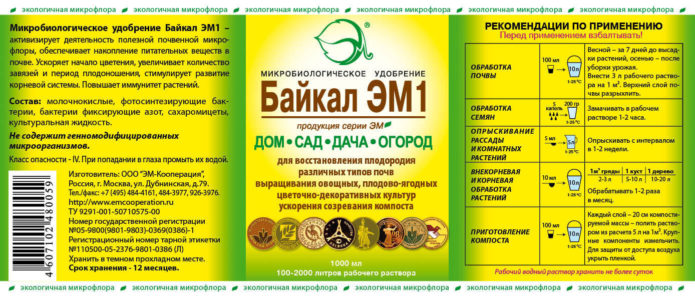
Microbiological fertilizer Baikal M1 activates the activity of beneficial soil microflora, which has a beneficial effect on plant development
Video: how to dilute the drug Baikal M1
How to feed onions in summer
The last time nutrients are added to the onion beds in late June - early July. The time for summer feeding falls on the period when the fully formed bulb grows up to 40 mm in diameter. At this stage, the vegetable crop needs less nitrogen, and the need for phosphorus and potassium increases. The use of phosphorus-potassium fertilizers contributes to the rapid ripening of vegetables, the formation of large bulbs and their good preservation.
Table: summer onion feeding
| Drug name | Consumption rate | Application methods |
| Potassium salt + superphosphate | 5 g + 10 g | Dissolve in 10 liters of water, apply for root feeding. |
| Complex mineral fertilizer For onions and garlic | 20 g / m2 | Apply to the soil only in dry form, followed by embedding into the soil and moistening. |
| Superphosphate + vermicompost Nursery | 1 tbsp. l. + 1 tsp | Dissolve in 10 liters of water and apply to the garden, spending 2-3 liters per 1m2. |
| Liquid complex fertilizer Agricola |
|
|
| Superphosphate + potassium chloride | 40 g + 20 g | Dilute in 10 liters of liquid and carry out fertilizing watering. |
| Organomineral fertilizer Effekton O + superphosphate | 2 tbsp. l. + 1 tbsp. l. | Dissolve in 5 liters of root water. |
| Fertika Universal-2 (granular complex with reduced nitrogen content) | 30 g / m2 | Apply dry to the ground followed by watering. |
| Water-soluble complex fertilizer Aquarin | 1/2 tsp | Add to 1 liter of water and use when watering. |
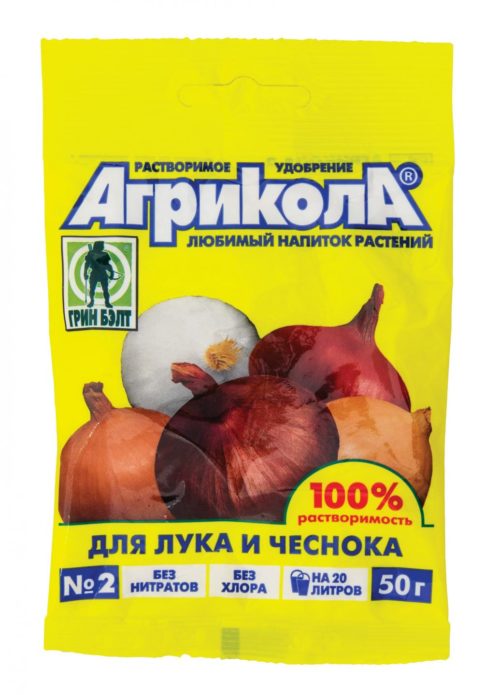
The balanced composition of Agricola fertilizer provides fast crop growth and an increase in yield up to 30%
To feed the plants with potassium and phosphorus, wood ash is used. 100 g of this fertilizer contains 25 g of calcium, 8 g of potassium and 3 g of phosphorus. A nutritious infusion is prepared from 250 g of ash and 1 bucket of hot water. After insisting for 3 days, the resulting liquid is poured over the vegetable beds. Or spray dry ash around the plants, spending 100 g per 1m2... As a result, the plant's resistance to adverse weather conditions increases, the feathers become elastic, the bulbs are large and strong.
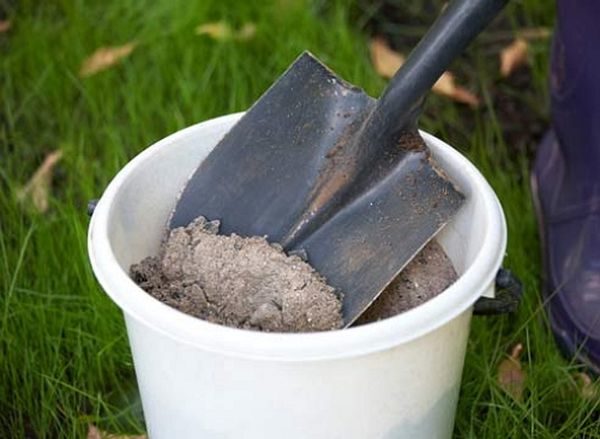
Ash is a valuable organic fertilizer containing calcium, phosphorus, potassium, copper, manganese and other substances
Video: feeding onions with ash
Top dressing of onions with folk remedies
Household owners, trying to use as little chemistry as possible, often use folk remedies that are no less effective than mineral supplements.
How to feed onions with salt
Regular table salt can be used to advantage in the garden beds. Sodium chloride acts as a growth stimulant, activating the absorption of nutrients by plants. In addition, salt is a reliable remedy against infections and parasites. Watering with saline solution (200 g / 10 l) will help cure feathers from yellowing as a result of onion fly attacks, from powdery mildew, and save from rot. The liquid is applied not under the root, but along the grooves 8 cm from the roots, carefully, trying not to spill it on the leaves. The first feeding is carried out at a plant height of 10 cm, the second - after 2 weeks. Before and after applying the solution, the beds should be spilled with clean water. The concentration of the saline solution should not be exceeded, and after harvesting the onions, it is imperative to add more organic fertilizers.
Yeast feeding
An effective supplement for vegetables that improves their development is baker's yeast. The basis of yeast biomass is formed by fungi, which are rich in proteins, amino acids, macro- and microelements. The yeast introduced to the garden, thanks to the fungi, activates the activity of microorganisms, creating a favorable environment for them.As a result, organic matter is processed faster, releasing nitrogen and potassium into the soil, which are so necessary for plants.
The activity of yeast fungi is manifested only in a warm environment, at a temperature of at least +200FROM. Therefore, the use of a yeast solution is effective only in well-heated soil; in cold soil, yeast fungi quickly die.
The first feeding with yeast is carried out with the establishment of warm weather, at the end of May, a month after planting the onions. Yeast can be used no more than 3 times per season. And since calcium and potassium are absorbed during fermentation, it is recommended to add ash to the solution to replenish the missing elements (200 g / m22).
Prepare a top dressing from fresh or dry yeast. For 10 parts of fresh yeast, take 5 parts of warm water. Withstand 1 hour, add 50 l of water and the resulting liquid is poured into the root. Dry yeast (10 g) is dissolved in 10 liters of warm water, 60 g of sugar, 200 g of ash are added and left in a warm place for 2 hours. The yeast starter culture is diluted with water (50 l) and used for watering vegetable beds.
Video: yeast as fertilizer
Top dressing of onions with ammonia
Experienced summer residents use ammonia to saturate plants with nitrogen. A week after the emergence of shoots, 2-3 sprays are carried out with an interval of 7 days with an ammonia solution (50 ml \ 10 l of water).
When signs of nitrogen starvation appear - premature yellowing of feathers - use daily watering with ammonia (1 tbsp. L. 25% solution per 1 l of water). The resulting solution is applied to the root in the morning or evening hours. When the color of the greens becomes deep green, fertilizing watering with such a composition is stopped.
Herbal infusion for feeding onions
Comfrey infusion is prepared for spring feeding. Green fertilizer can only be used at the beginning of the growing season, as it contains a lot of nitrogen, a large amount of which in a later period of development can lead to excessive feather growth and the formation of small bulbs. Comfrey also surpasses manure in the presence of potassium and contains almost the same amount of phosphorus. To prepare the infusion, 1 kg of chopped grass is poured into 10 liters of water and left for 7 days. The filtered liquid is diluted with water (1: 9) and used for irrigation.
All feeding should be stopped 3 weeks before harvesting the turnip. Otherwise, the ripening of the onion will be delayed and its safety will worsen.
Feeding onions with eggshells
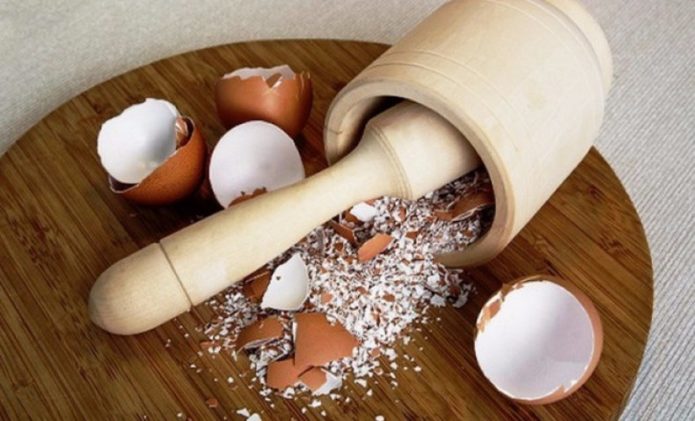
Eggshells contain a lot of calcium, as well as iron, phosphorus, potassium and other substances necessary for growing onions
Hydrogen peroxide as fertilizer for onions
Hydrogen peroxide has been used in crop production for many years. It has a fungicidal effect, aerates the soil, strengthens the root system of plants and helps the aerial part to develop.
Gardeners use peroxide to soak seeds, improve water quality during irrigation, and for fertilizing. With a weekly introduction of a solution of hydrogen peroxide (2 tbsp. L. 3% peroxide \ 1 l of water) pathogenic bacteria are suppressed into the soil, beneficial microorganisms are activated, which contributes to a better assimilation of micro- and macroelements. Onions, fed with this solution, grow with a strong root system, juicy green feathers and large heads.
Video: hydrogen peroxide is a super fertilizer for plants!
Onions are an unpretentious crop, but to get a good harvest, they must be provided with the necessary nutrients. Fertilizing the vegetable should begin already at the stage of preparing the soil for onion planting. And in the future, at all stages of the growing season, plants should receive nitrogen, phosphorus, calcium and other components. For feeding, you can use mineral and organic substances, folk remedies. The main thing is to comply with the rate of fertilization and adjust the fertilizer composition taking into account the phases of development and condition of the plants.
